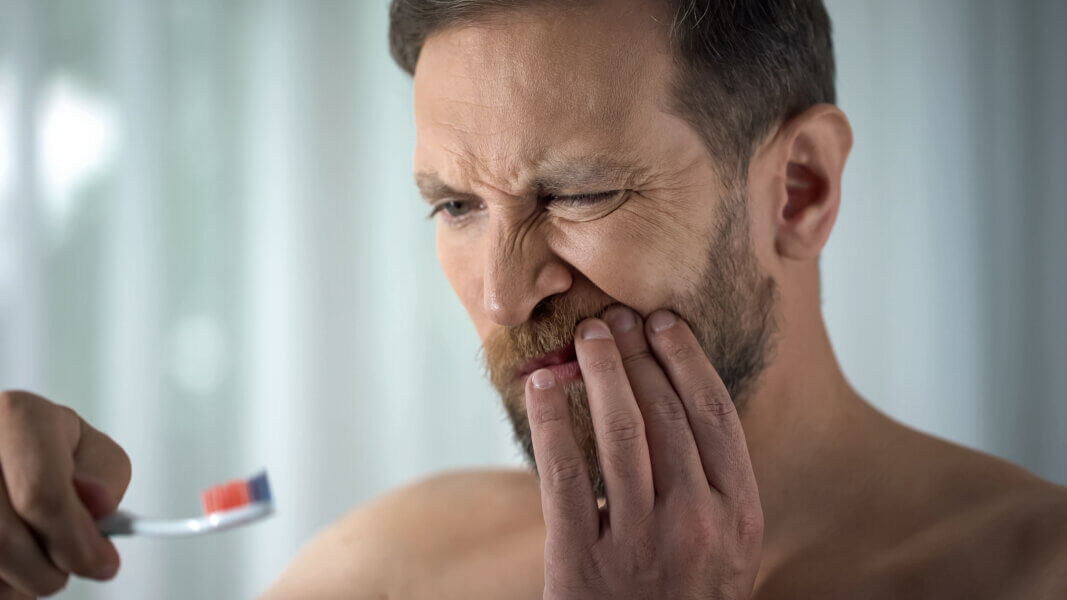
What is Gingivitis?
Gingivitis is an unfortunately common ailment that many Americans have. In fact, the most recent research by the Centers for Disease Control and Prevention found that just under 50% of adults over the age of 30 have some form of gingivitis. This includes more severe forms of gum and periodontal disease. The good news is that gingivitis is easily preventable, and it can be treated by your dentist. But before we get to that, let’s take a look at just what gingivitis is and then what your dentist in can do for you should they find it:
Understanding the Basics of Gingivitis
Gingivitis is a very mild form of gum disease, often considered the very first stage of more serious gum and periodontal disease. This is not a disease that is limited to humans as your pet cat and dog can also suffer from gingivitis. Like other diseases, it is contagious as it is caused by a type of bacteria that infects one’s mouth. You can catch gingivitis from other people, you can even catch it from your pets, and vice versa. The good news is that this bacteria can be easily eliminated from an individual’s mouth so long as they practice good oral habits and get any stubborn remnants removed.
What Causes Gingivitis
The single most common cause of gingivitis is poor oral hygiene. Poor oral hygiene is when a person does not brush their teeth, use mouthwash, and other regular oral care habits. When good hygiene habits are not followed, the sugar, starches, and carbs collect on one’s teeth and promote the growth of plaque. Once plaque forms, bacteria is quickly attracted and one can start to see the signs of gingivitis. Here’s how that happens:
- Plaque begins to form on one’s teeth. Plaque is a sticky film that is composed partially of bacteria. This film is the result of normal mouth bacteria interacting with the sugars and starches sticking to one’s teeth because they have not been properly brushed or washed away.
- Plaque transitions into tartar. Plaque is invisible but over time it will harden into what is called tartar. Tartar is much harder to remove as its hardened shell creates a type of shield that normal brushing cannot always remove. Bacteria lives beneath this protective shield and that’s when you start to see the real problems associated with gingivitis begin.
- Gingivitis begins. When plaque and tartar are not removed, more and more bacteria start to collect beneath the shield. This bacteria will start irritating the gums that are located just around the base of the teeth. This irritation causes inflammation, which results in the gums becoming swollen and they will often bleed, especially when brushing or flossing.
- The longer gingivitis goes untreated, the worse the symptoms will become. Gingivitis that is not treated properly by an experienced dental team will lead to tooth decay and eventually tooth loss. That’s because the bacteria hidden beneath the protective tartar shield will start eating away at the tooth enamel until it can get to the sensitive tooth roots. It is very important to not let it progress this far.
Know the Right Gingivitis Prevention Tactics
There are three key steps to preventing gingivitis. They are as follows:
- Choosing good diet practices. While you don’t have to completely nix cookies and gravy-topped mashed potatoes from your diet, it is a good idea to start being more mindful of what you eat and drink. Eating a diet heavy with sugars and/or starches will make you more prone to gingivitis.
- Practicing good oral habits. Brushing your teeth twice a day and regularly flossing and using mouthwash will go a long way in eliminating plaque as it forms and preventing it from progressing to tartar.
- Regular dental cleanings will further help ensure that any signs of gingivitis are stopped before they progress.
Schedule Your Dental Visit Today
When was the last time you scheduled a cleaning? Contact our Vero Beach dental team today to get your next visit on the calendar!